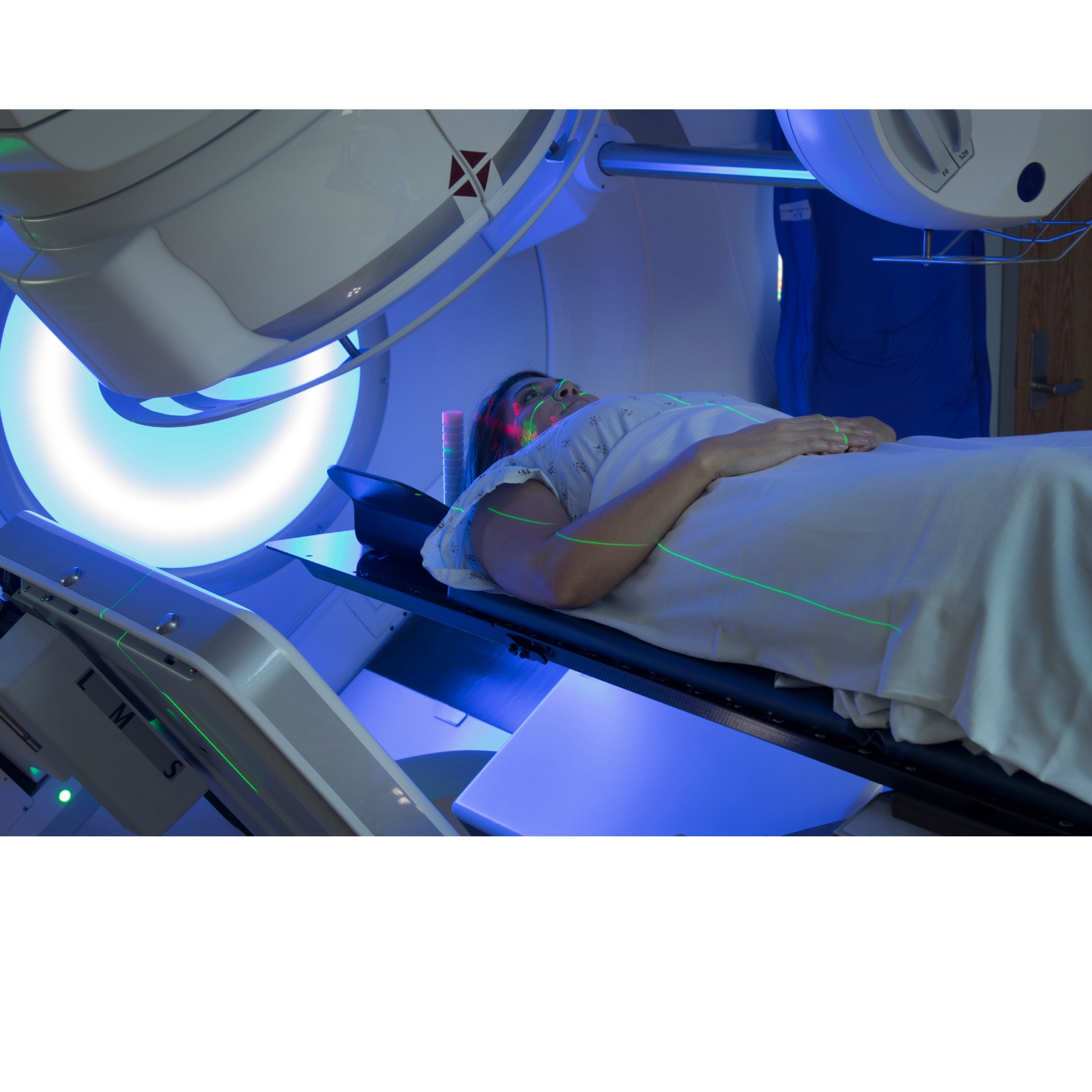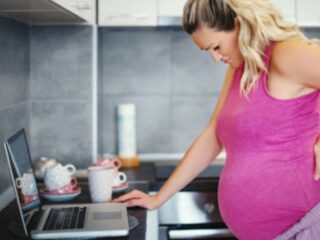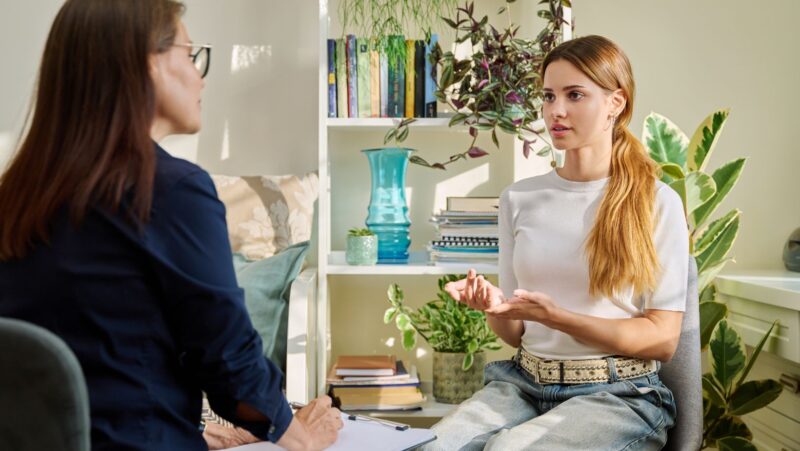
New advancements in cell panel screening are transforming how scientists find cancer treatments. These innovations make it faster and easier to test potential drugs, increasing the chances of developing successful therapies. Researchers can create more effective treatments by using high-speed testing, 3D cell cultures, patient-derived samples, and AI-powered analysis. This article explores the latest cell panel screening methods and how they help fight cancer.
How Cell Panel Screening is Transforming Cancer Research
Traditional cancer research relied on 2D cell cultures and animal models, but these methods often failed to reflect how tumors behave in the human body. Today, cell panel screening combines automation, genetic profiling, and advanced analytics to improve drug discovery. These advancements allow researchers to develop more targeted and effective treatments, enhancing precision medicine and patient care.
Key Advances in Cell Panel Screening
Modern cell panel screening has overcome the limitations of earlier methods, enabling faster and more accurate drug testing. Cutting-edge technologies like high-throughput automation, 3D cell models, patient-derived cells, CRISPR, and AI are driving breakthroughs in cancer treatment. Here are some of the most significant advancements:
1. MegaScreen: A High-Speed Cell Panel Screening Service
Cell Panel Screening is a state-of-the-art high-throughput cell panel screening platform that integrates automation, artificial intelligence (AI), and genomic profiling to accelerate drug discovery. This system includes over 700 sequenced and authenticated human cancer cell lines, representing diverse genetic backgrounds and cancer types.
Key Advantages:
- Rapid Drug Sensitivity Testing: MegaScreen quickly identifies which cell lines respond best to specific drug compounds, helping prioritize the most promising candidates.
- Comprehensive Biomarker Analysis: By correlating drug responses with genetic data, researchers can uncover potential predictive biomarkers for targeted therapies.
- Improved Drug Resistance Studies: Screening across multiple cancer types provides insights into drug resistance mechanisms, aiding in the design of combination therapies.
MegaScreen accelerates early-stage drug discovery while lowering costs, making it a key tool in advancing precision medicine.
2. High-Throughput Screening (HTS) and Automation
High-throughput screening (HTS) technology allows researchers to rapidly test thousands to millions of compounds against various cancer cell lines in a matter of days. This method combines:
- Robotic automation to handle large-scale experiments efficiently.
- AI-powered software to analyze cellular responses, reducing human error.
- Miniaturized assays that lower reagent costs and increase reproducibility.
HTS is widely used in early-stage drug discovery, significantly accelerating the identification of promising drug candidates and reducing development costs (ScienceDirect).
3. 3D Cell Culture Models: A More Accurate Tumor Representation
Traditional 2D cell cultures fail to replicate the complex microenvironment of human tumors, leading to discrepancies between lab results and actual patient responses.

3D cell culture models, including spheroids, organoids, and tumor-on-a-chip systems, offer a more realistic simulation of cancer behavior.
Why 3D Models Matter:
- Better Drug Response Prediction: Cells in 3D models mimic in vivo drug penetration and resistance more accurately than 2D cultures.
- Microenvironment Simulation: These models replicate tumor-stroma interactions, a key factor in immunotherapy research.
- Personalized Medicine Applications: Patient-derived tumor organoids can be used to predict individual responses to treatments (Cell).
The integration of 3D models into cell panel screening is transforming preclinical testing, making drug screening results more clinically relevant.
4. Patient-Derived Cell Panels for Personalized Medicine
Patient-derived cell panels (PDCs) take screening a step further by using live tumor cells obtained directly from cancer patients. These ex vivo models provide highly personalized insights into drug response variability.
Benefits of PDC Screening:
- More Accurate Predictive Models: Since PDCs retain the genetic and molecular characteristics of the original tumors, they are more reflective of real-world treatment responses.
- Identification of Resistant Clones: Helps in detecting tumor heterogeneity, which is a major cause of treatment failure.
- Guiding Precision Oncology Trials: PDCs allow oncologists to test multiple drugs on a patient’s actual tumor cells, improving treatment selection and minimizing trial-and-error prescribing.
This approach has been instrumental in drug repurposing and developing patient-specific therapeutic strategies.
5. CRISPR and Gene Editing in Drug Screening
The integration of CRISPR-Cas9 gene editing in cell panel screening has opened new avenues for functional genomics in drug discovery. CRISPR enables scientists to:
- Knock out, activate, or suppress specific genes across different cancer cell lines.
- Identify genetic dependencies and vulnerabilities, revealing new drug targets.
- Study mechanisms of drug resistance by simulating real-world genetic mutations.

For example, a CRISPR-based screen across a panel of lung cancer cell lines may reveal that gene X enhances drug sensitivity, making it a prime target for combination therapy. This approach is accelerating the development of more effective targeted therapies by pinpointing key molecular drivers of cancer progression.
6. AI and Machine Learning in Drug Discovery
The explosion of big data in cancer research has made AI-driven drug discovery a game-changer. Machine learning (ML) algorithms are now being used to:
- Analyze vast drug screening datasets faster than traditional statistical methods.
- Predict how different cancer types will respond to new treatments.
- Identify optimal drug combinations for overcoming resistance.
- Flag potential toxicity issues before clinical trials, improving drug safety (PMC).
Integrating AI with cell panel screening helps researchers identify the most promising drug candidates, minimizing failures and speeding up advancements in precision oncology.
Conclusion
The development of cell panel screening has greatly improved cancer drug research, personalized medicine, and biomarker studies. New technologies like MegaScreen, automated screening, 3D cell models, patient-derived cells, gene editing, and AI-based analysis have made early drug testing faster, more accurate, and more reliable. Using these modern methods, researchers can quickly identify effective drug candidates, lower failure rates in clinical trials, and create treatments tailored to individual patients.
MegaScreen and other screening platforms help test a wide range of drugs with high accuracy, while 3D models and patient-derived cells provide a better representation of tumor behavior. Additionally, gene editing helps uncover drug resistance mechanisms, and AI speeds up data analysis, leading to new treatment discoveries. As these technologies continue to improve, cancer treatments will become more personalized, effective, and widely available.












